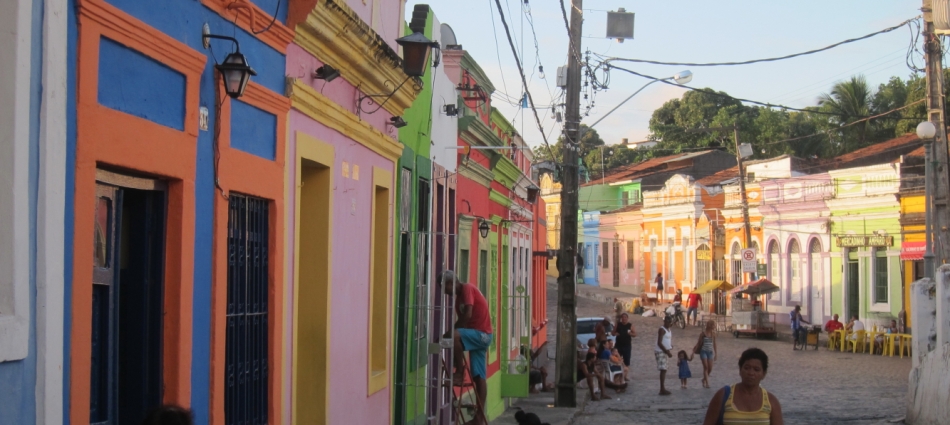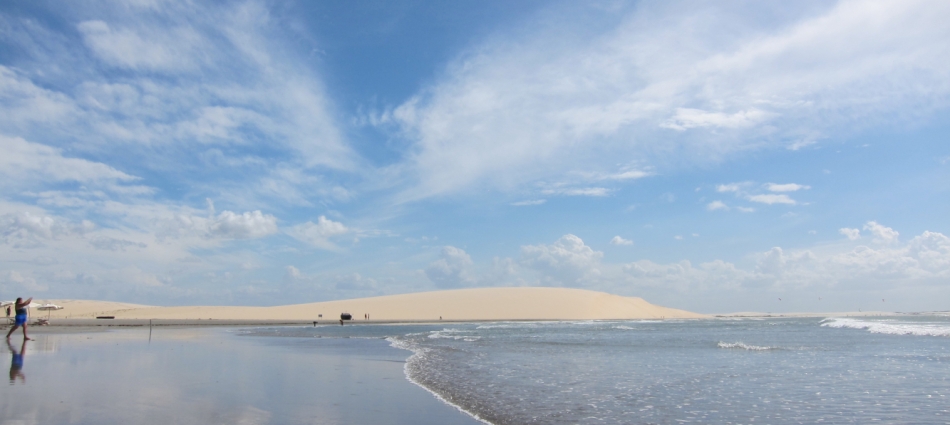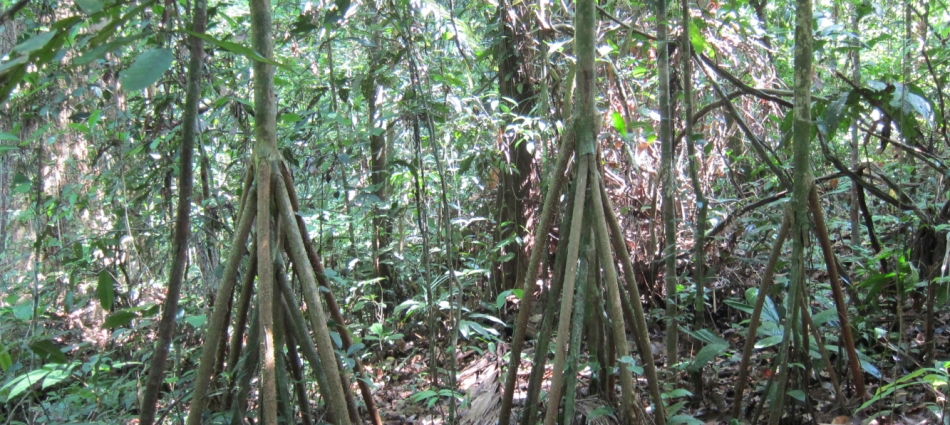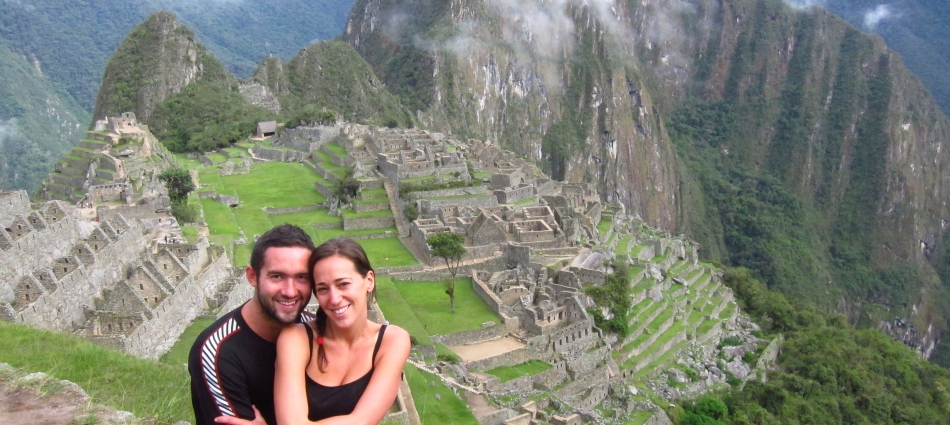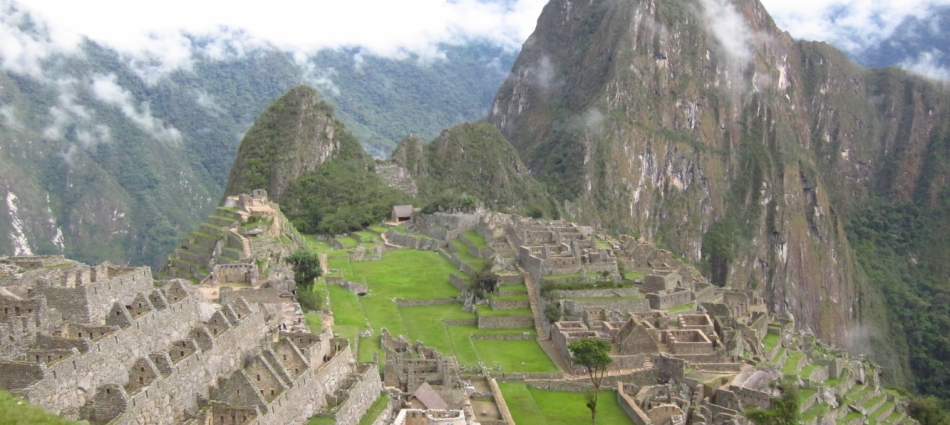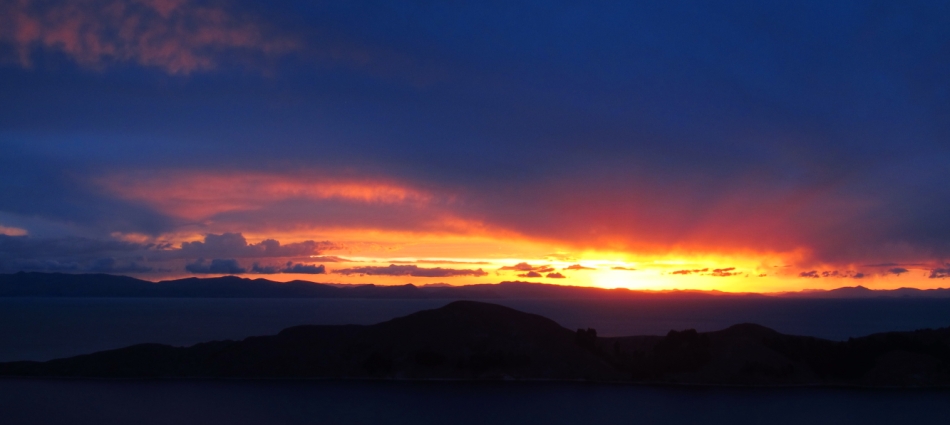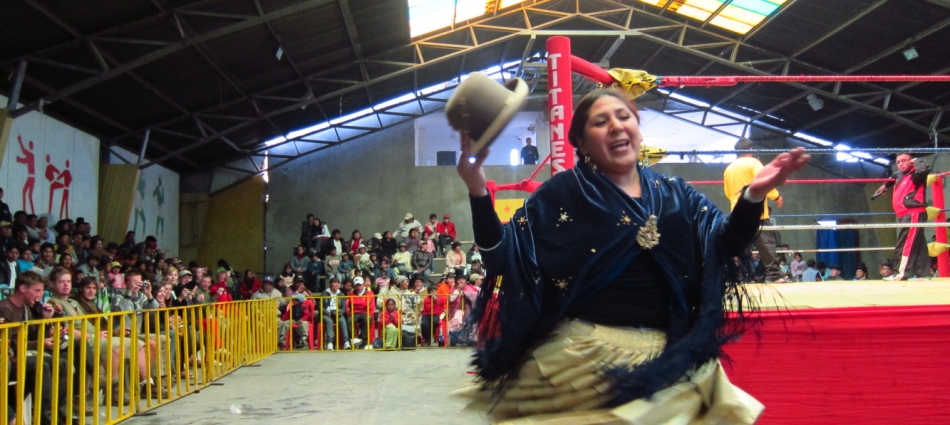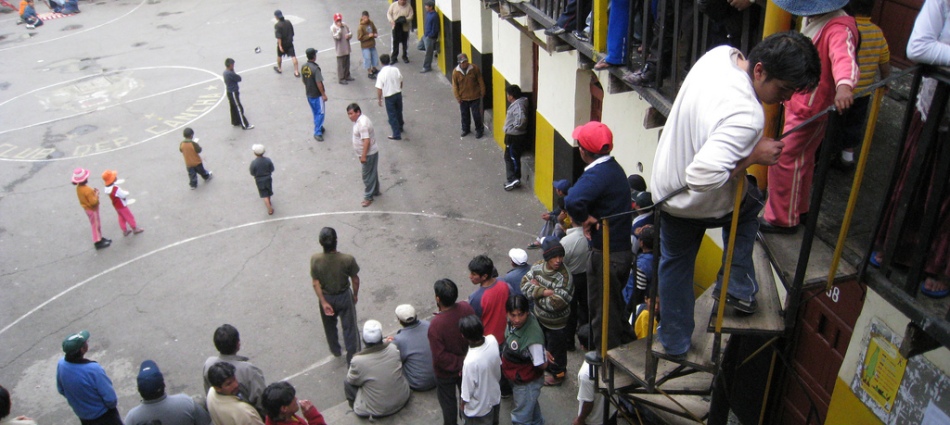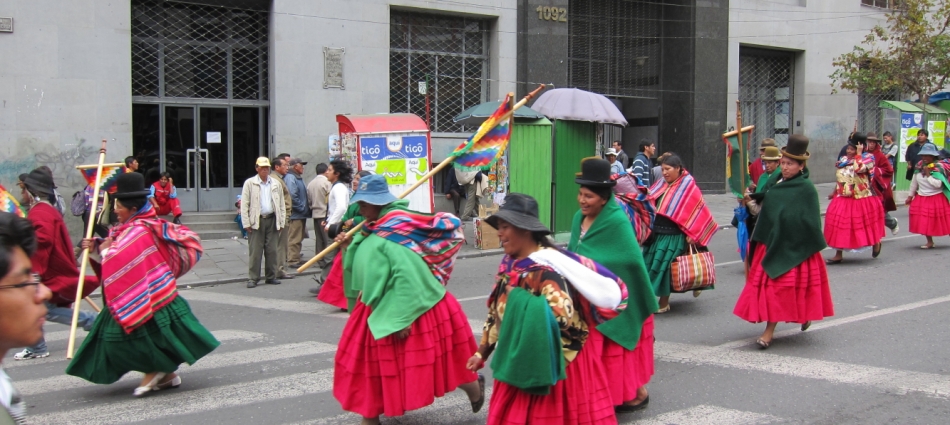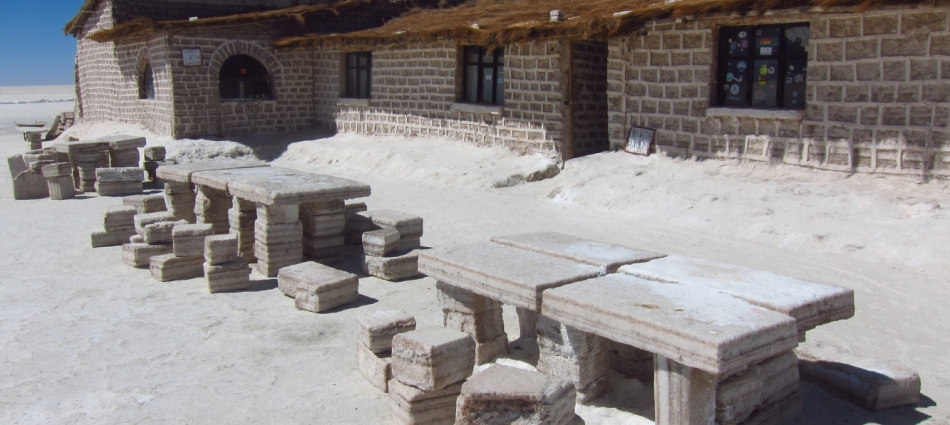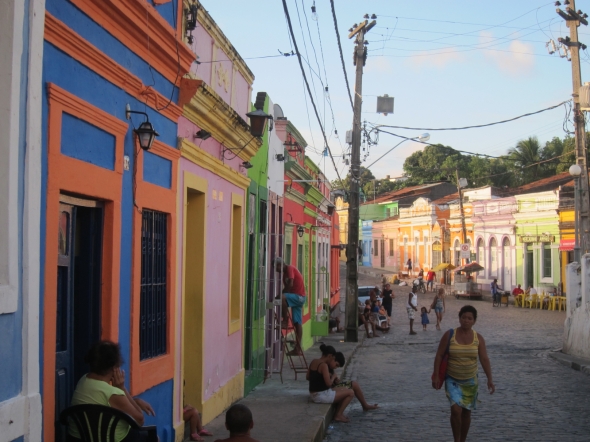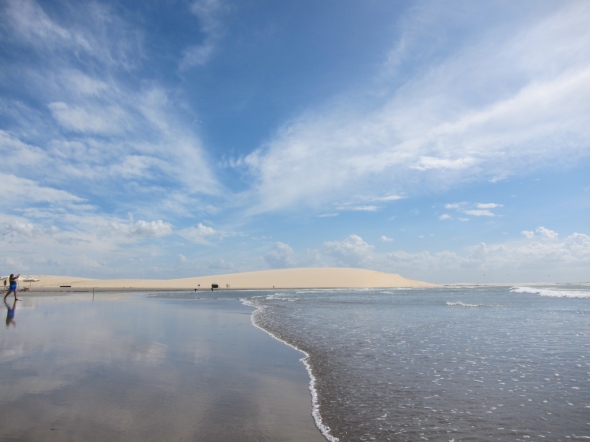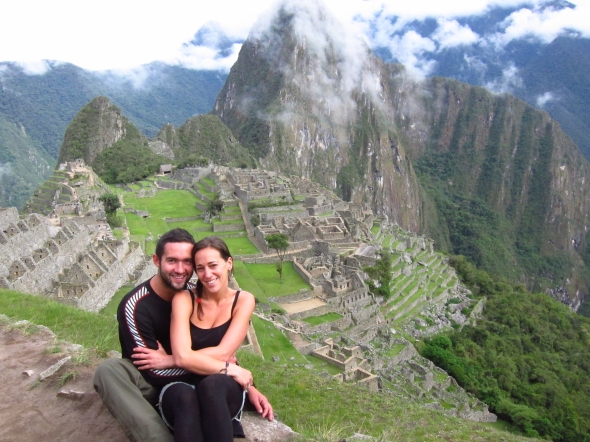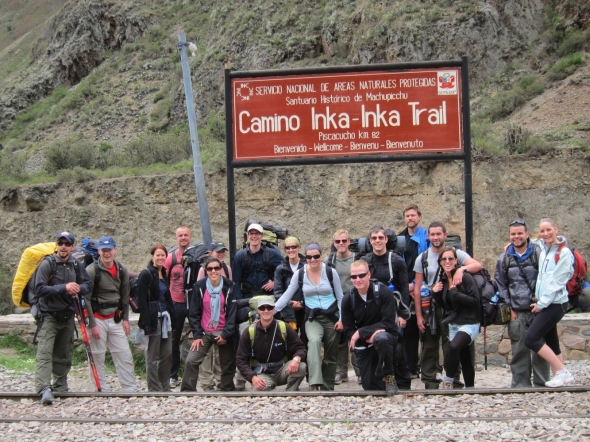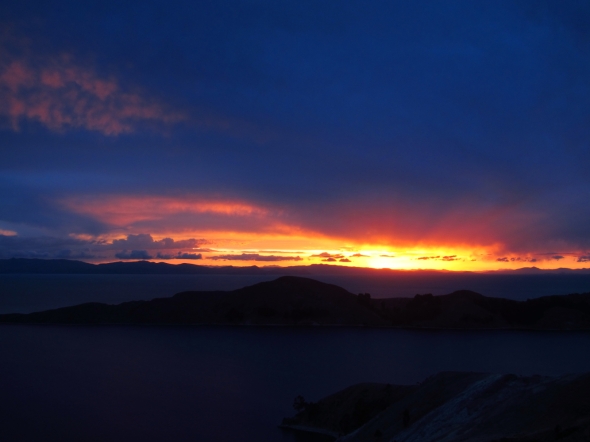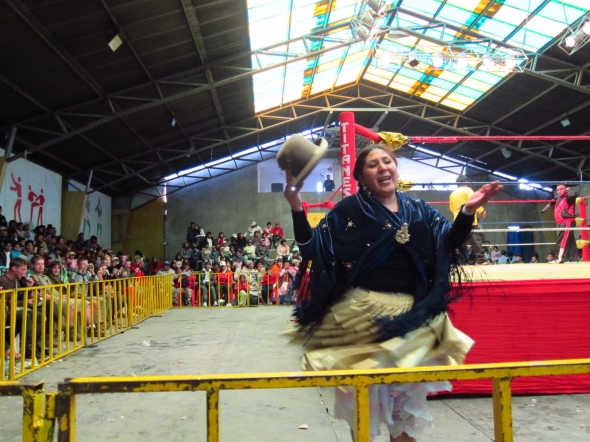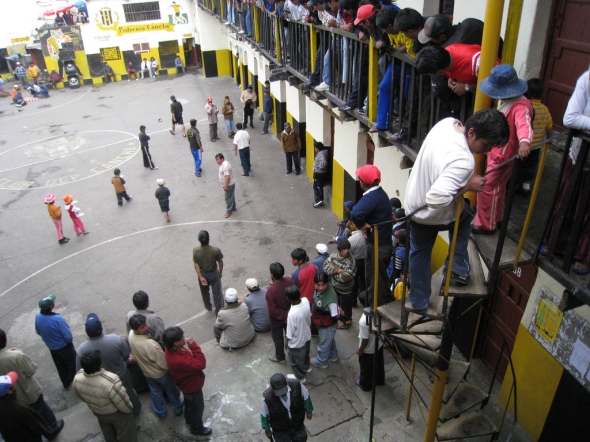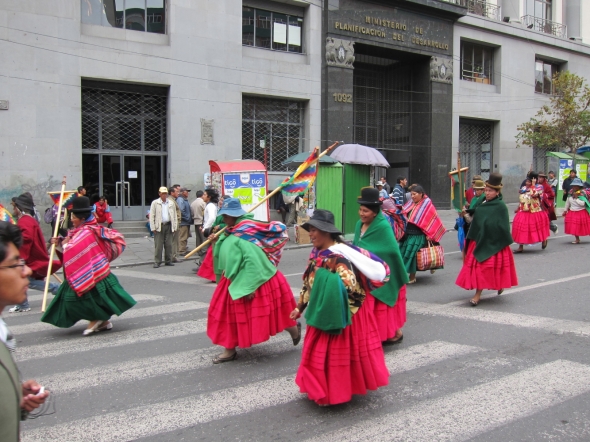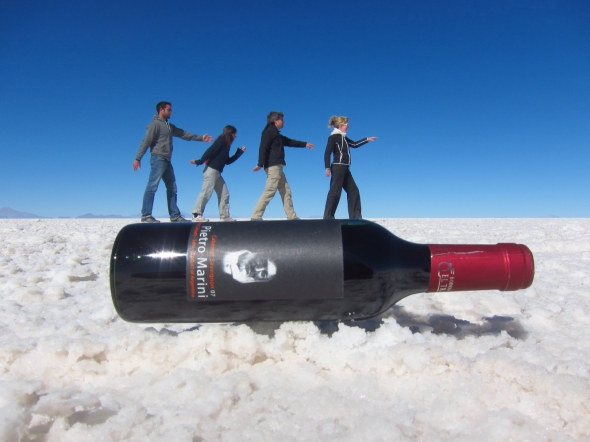Another delayed flight finally took us from Fortaleza to Recife. While the city itself is pretty grim (and has the highest crime rates in Brazil), the surrounding area is stunning. Olinda lies on the outskirts of Recife and is a hub of creativity where artists, sculpturs and designers set up their studios and galleries. The pretty town is perfect for the arty vibe with colourful houses lining the streets. Although it only takes a day to wander the whole of Olinda, many hours can be taken up checking out all the different galleries. It must also be noted that Olinda is where we discovered the calorific Cartola Tapioca – cheese, bannana, condensed milk and cinamon in a Tapioca mmmm. We were slightly reluctant to try the banana and cheese combo at first but it really works!
Our bus to Porto de Galinhas was meant to be straight forward but we found ourselves waiting hours in the back streets of the worst part of Recife with people sleeping on the street and no one speaking English. After fighting to get on the right bus (not easy with large backbacks) we were on our way but packed into a bus standing in the isle for over 2hrs…we hoped the journey would be worth it. Porta de Gallinas has lots of incredibly long beaches, some parts are packed out with vendours and Brazilian families but you can easily walk to quieter space. A short swim out from the beach are natural pools where we went snorkeling and saw so many beautiful fish. The rest of our time here consisted of gorgeous sun, jumping waves and drinking agua de coca…whist of course thinking of everyone back home in the snow.
Our bus back into Recife wasnt such a drama as on the way and after popping into South America’s oldest synagogue (partly forced to by Ronnie) we snapped up the last 2 seats on a night bus to Salvador. I dont mean to complain but we were positioned right by the toilets and good lord did it STINK!
